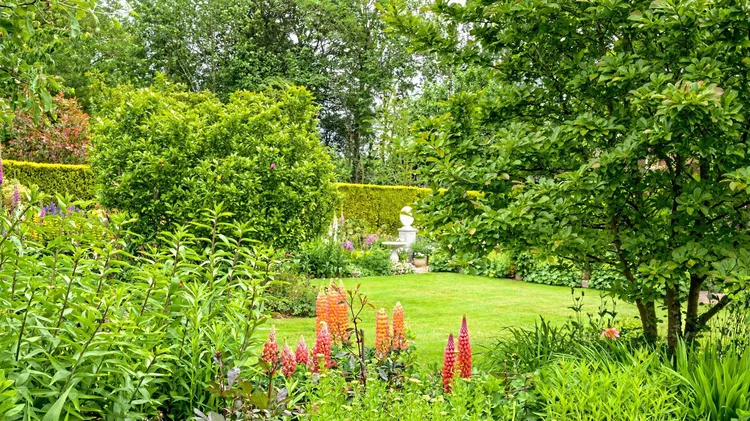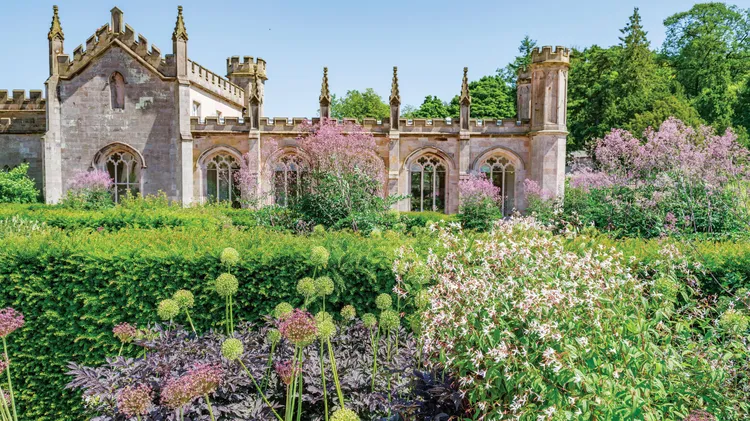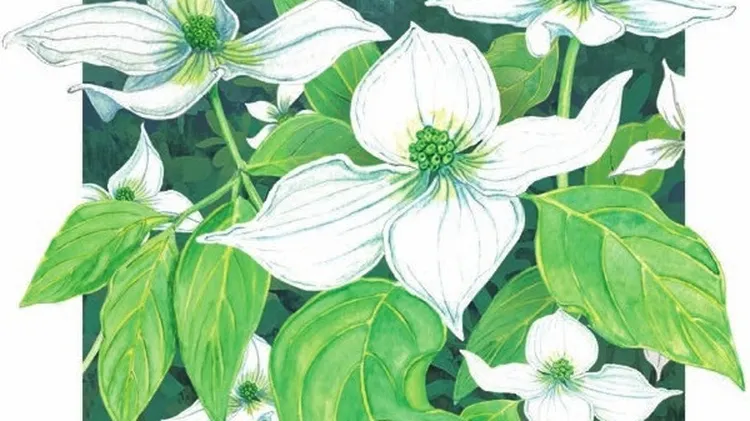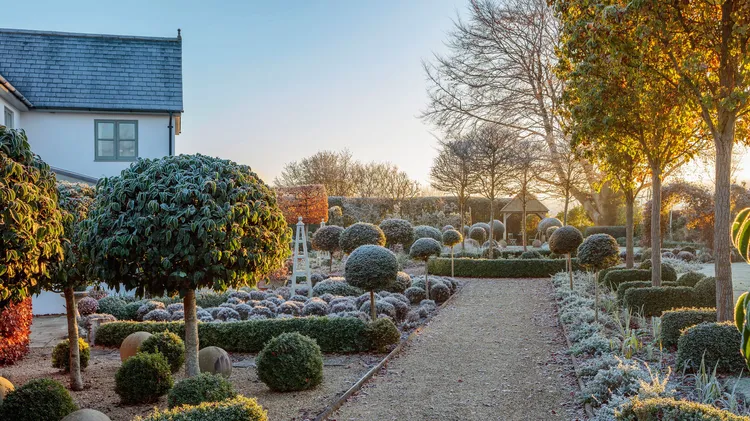As we anticipate the new series of Gardeners’ World, Monty Don reveals why
Rise of the roses
3 min read
This article is from...
Read this article and 8000+ more magazines and newspapers on Readly






